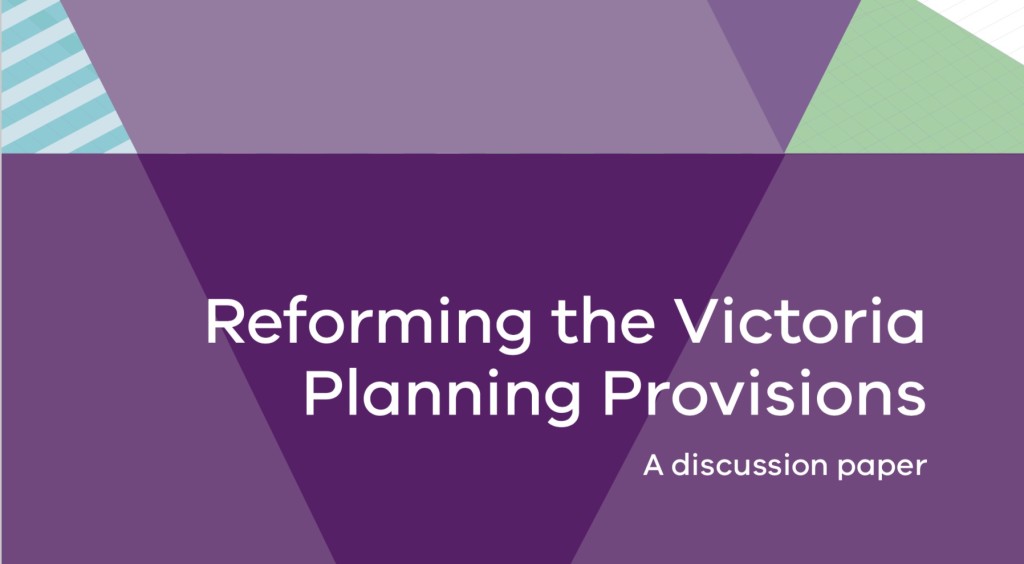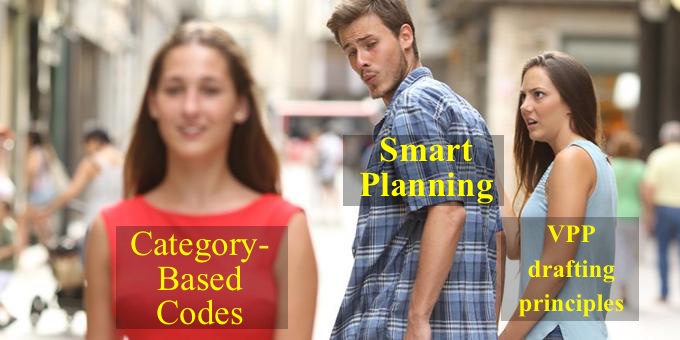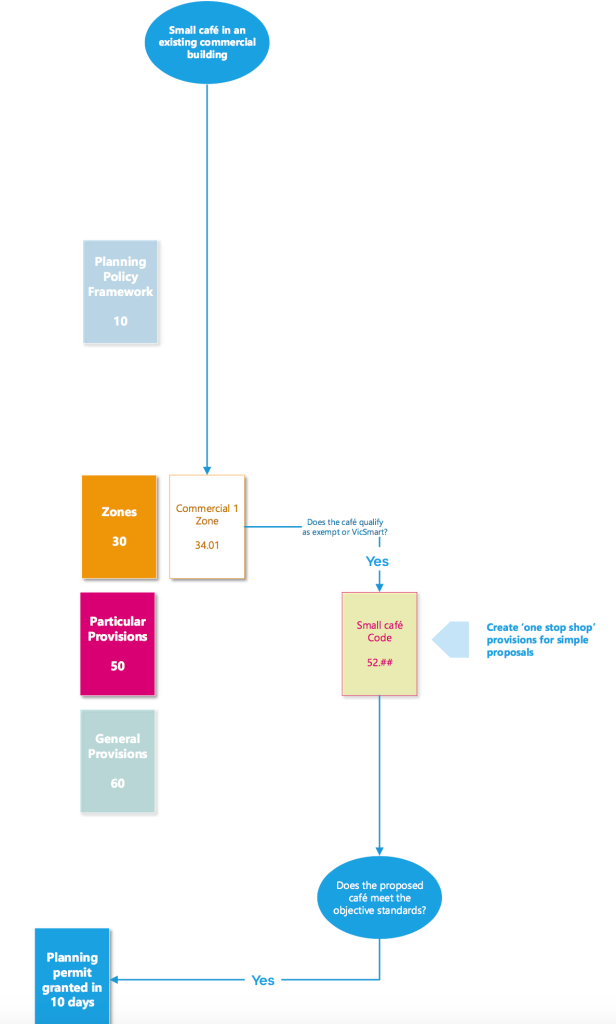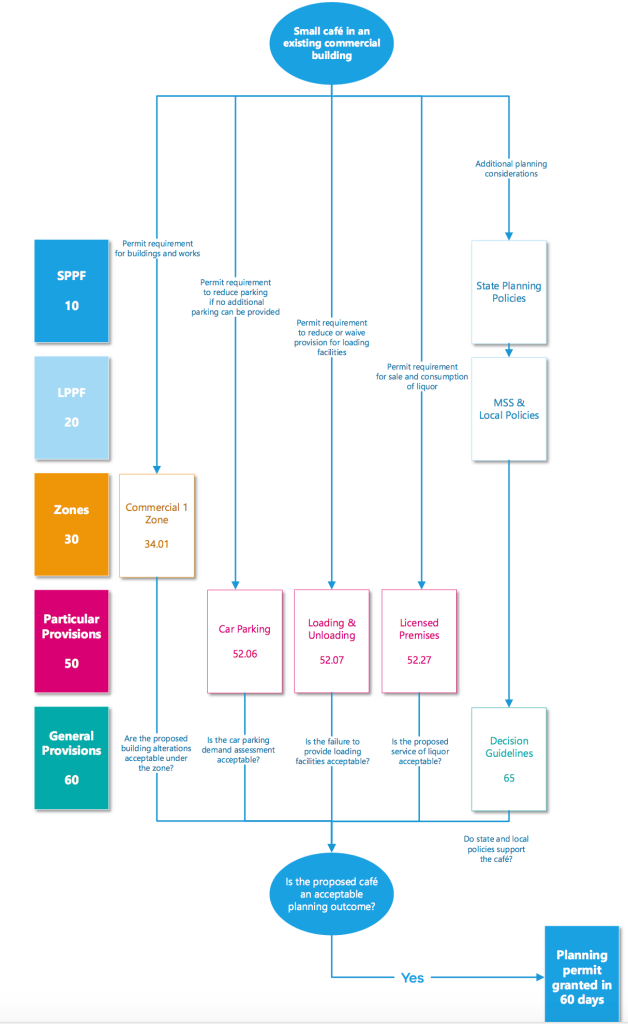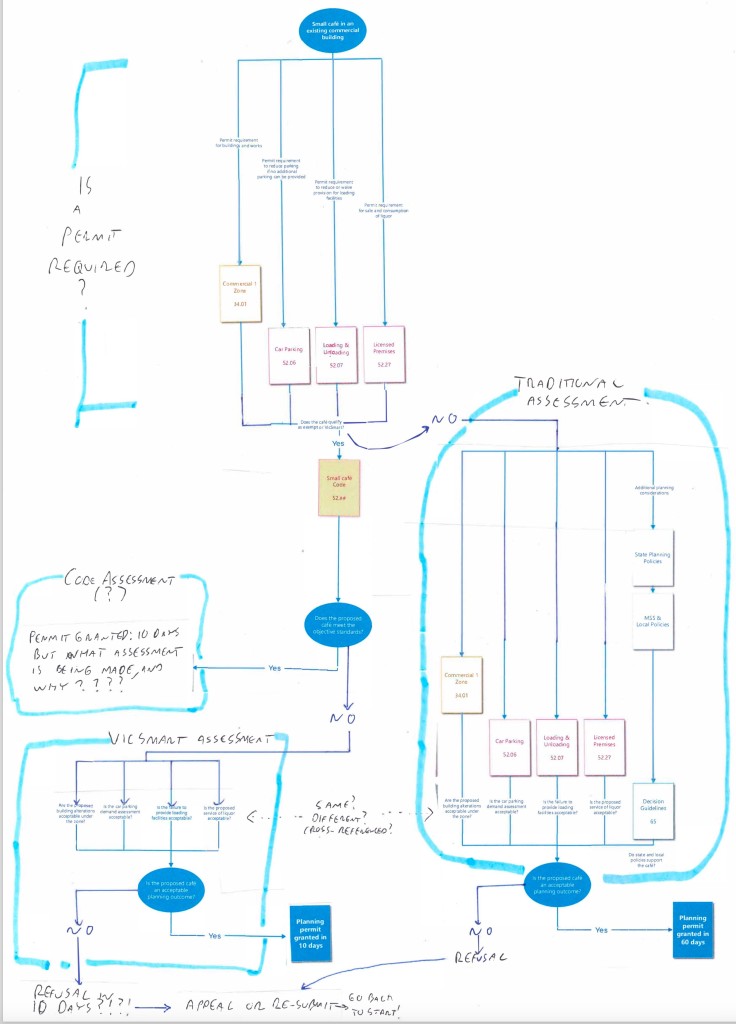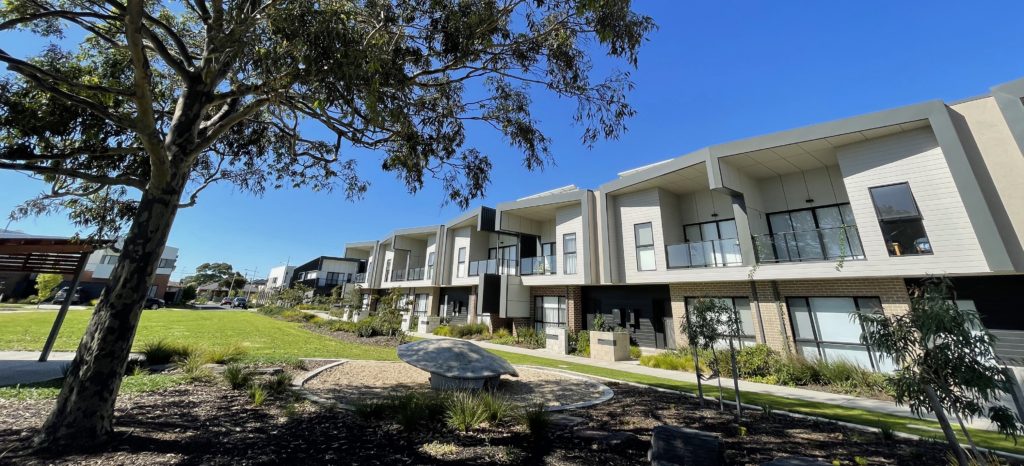
This article is a belated posting of an article that first appeared in the October 2019 VPELA Revue. It is based on the talk I gave at the 2019 VPELA state conference.
What happened to Victorian planning in the 2000s?
It was a heady time. We had a long period of political stability a state level with the Bracks / Brumby government seeing out (almost) the entire decade. We had a brand-new planning system, with the VPPs having been introduced in the late 1990s and implemented by the early parts of the 2000s. And as of 2002 we had a new planning strategy in Melbourne 2030. This was a “no excuses” environment for urban planners.
Yet we didn’t get much done. The planning system wasn’t able, for example, to do much in the way of driving core Melbourne 2030 objectives such as intensifying housing close to transport and activity centres. By 2007 the implementation of Melbourne 2030 was subject to a critical audit, and in the latter years of the Bracks / Brumby government it had been informally deprecated. The system seemed as complex and burdensome as ever.
The reasons for those failures are complex and cannot be fully explored here. For now, I want to focus on the role of the VPP system itself. On the face of it, the VPP system’s (relative) failure is puzzling. There is a logic and rigour to the system’s design that is compelling. Why hasn’t it worked better?
Continue reading